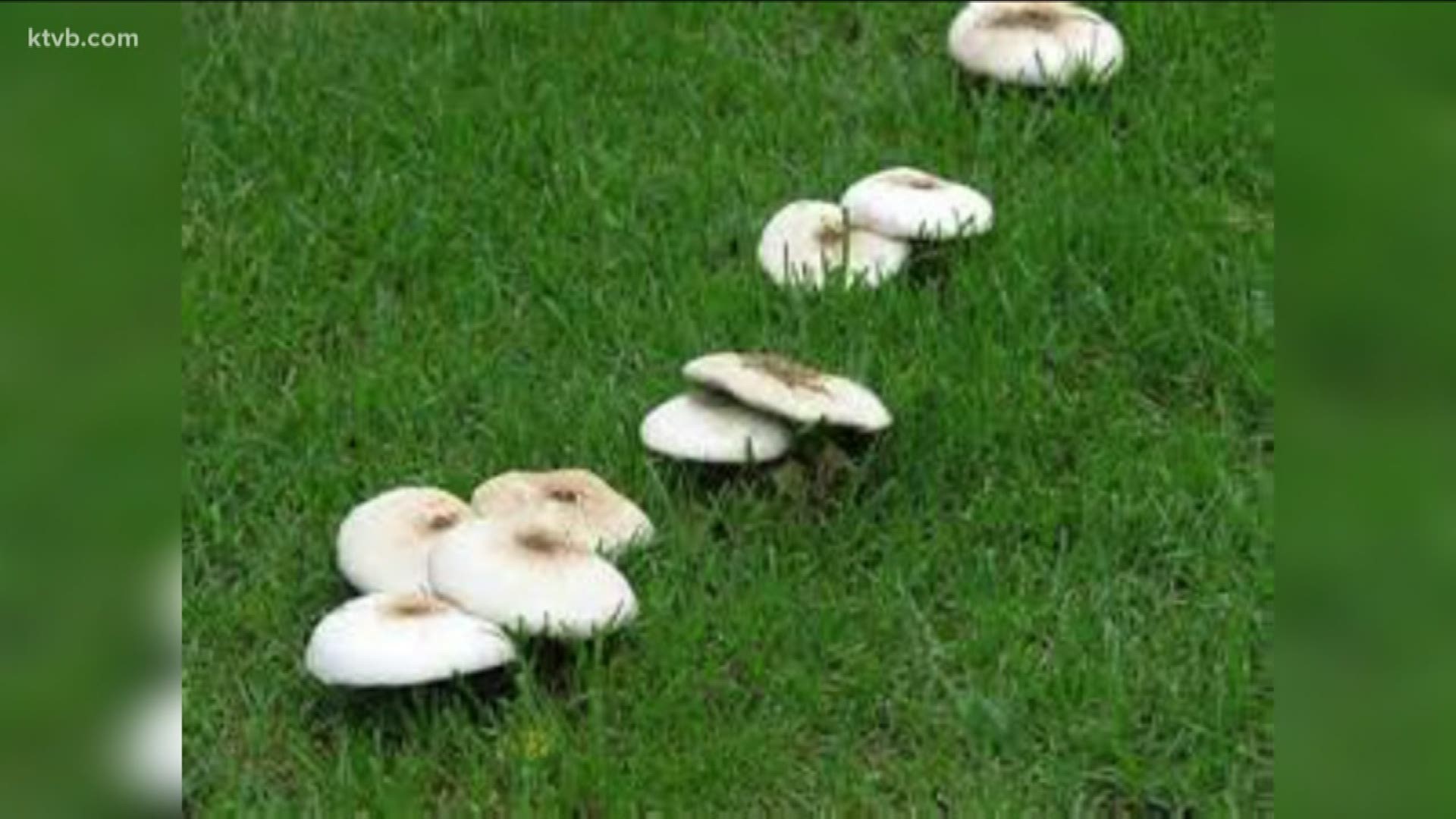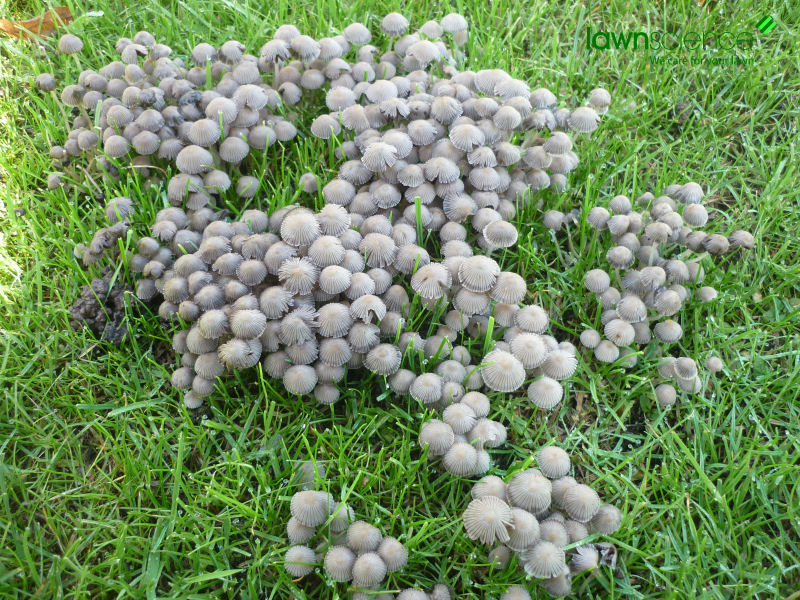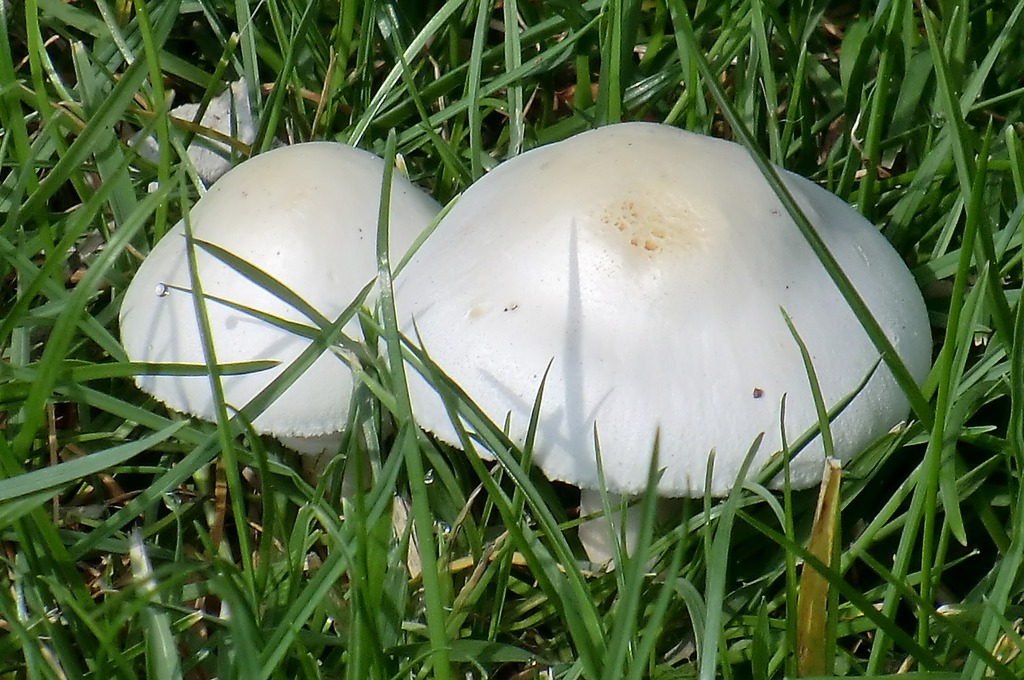Uncovering the Mysterious Fungi in Your Lawn
What Are Those Small White Mushrooms Growing in My Yard?
Many homeowners have encountered small, white mushrooms growing in their yards, sparking curiosity and concern about their presence. Little white mushrooms in yard can be a common phenomenon, especially during certain times of the year or in specific weather conditions. But what are they, and why do they appear in our lawns? This article will delve into the identification, causes, and implications of these enigmatic fungi, providing readers with a better understanding of how to manage their growth and maintain a healthy lawn.
The Science Behind Little White Mushrooms
Mushrooms, including the little white varieties found in yards, are a type of fungi that belong to the kingdom Fungi. They play a vital role in decomposing organic matter, recycling nutrients, and supporting biodiversity in ecosystems. The life cycle of mushrooms typically begins with the germination of spores, which grow into hyphae, forming a network of fine threads called mycelium. As the mycelium grows, it breaks down organic matter, absorbing nutrients and eventually producing fruiting bodies, such as mushrooms. There are over 140,000 known species of mushrooms, ranging from edible varieties like truffles and morels to poisonous species like death caps and destroying angels. Understanding the biology of mushrooms is essential to appreciating their role in lawn ecosystems and addressing concerns about little white mushrooms in yard.
How to Identify Little White Mushrooms in Your Yard
Identifying little white mushrooms in yard can be a challenging task, especially for those without mycological expertise. However, by following a few simple steps, homeowners can determine whether the mushrooms growing in their yard are harmless or potentially problematic. First, observe the size and shape of the mushrooms. Little white mushrooms typically range in size from 1-5 cm in diameter and have a rounded or bell-shaped cap. Next, examine the color and texture of the mushrooms. They usually have a white or cream-colored cap and stem, with a smooth or slightly wrinkled texture. Habitat is also an important factor in identification. Little white mushrooms often grow in clusters or rings in lawns, particularly in areas with moist soil and decaying organic matter. To distinguish them from other types of mushrooms, look for the presence of a ring or annulus on the stem, which is characteristic of many little white mushroom species. By carefully observing these characteristics, homeowners can confidently identify little white mushrooms in yard and take appropriate action to manage their growth.
The Role of Fungi in Lawn Ecosystems
Fungi, including little white mushrooms in yard, play a vital role in maintaining a healthy and balanced lawn ecosystem. They are decomposers, breaking down organic matter such as dead grass, leaves, and roots, and recycling nutrients back into the soil. This process not only helps to maintain soil fertility but also supports the growth of beneficial microorganisms. Fungi also facilitate nutrient cycling, making essential nutrients available to plants and other organisms. Furthermore, they contribute to biodiversity by providing habitat and food for various insects, animals, and microorganisms. In addition, fungi help to regulate the population of pests and diseases, reducing the need for pesticides and other chemicals. By understanding the importance of fungi in lawn ecosystems, homeowners can appreciate the role that little white mushrooms in yard play in maintaining a healthy and thriving lawn.
Why Do Little White Mushrooms Grow in Yards?
Little white mushrooms in yard often appear unexpectedly, leaving homeowners wondering why they have suddenly sprouted in their lawn. The truth is that these fungi thrive in specific conditions, and understanding these factors can help homeowners prevent their growth. One common reason for the appearance of little white mushrooms is overwatering. When the soil is consistently moist, it creates an ideal environment for fungi to grow. Poor drainage is another contributing factor, as it allows water to accumulate in the soil, fostering the growth of fungi. Additionally, the presence of decaying organic matter, such as dead grass, leaves, or roots, provides a food source for little white mushrooms. Other factors, including soil pH, temperature, and nutrient availability, can also influence the growth of these fungi. By addressing these underlying conditions, homeowners can reduce the likelihood of little white mushrooms growing in their yard.
Are Little White Mushrooms Harmful to My Lawn or Family?
One of the primary concerns for homeowners who discover little white mushrooms in yard is whether they pose a threat to their lawn or family. The good news is that most little white mushrooms are harmless to humans and pets. However, it’s essential to exercise caution when handling them, as some species can cause skin irritation or allergic reactions. In terms of lawn health, little white mushrooms are generally not a significant concern, as they are a natural part of the ecosystem. They can even benefit the lawn by breaking down organic matter and recycling nutrients. However, if the mushrooms are growing in large quantities, it may be a sign of underlying issues, such as poor drainage or overwatering, which can negatively impact lawn health. By addressing these underlying conditions, homeowners can create a healthier environment for their lawn and reduce the likelihood of little white mushrooms growing in unwanted areas.
How to Control or Remove Little White Mushrooms from Your Yard
While little white mushrooms in yard are generally harmless, they can still be unsightly and unwanted. Fortunately, there are several methods to control or remove them from your yard. Cultural practices, such as improving drainage, reducing watering, and removing decaying organic matter, can help prevent the growth of little white mushrooms. Organic remedies, like applying neem oil or cinnamon, can also be effective in controlling their growth. For more severe infestations, chemical treatments like fungicides may be necessary. However, it’s essential to exercise caution when using chemical treatments, as they can harm beneficial microorganisms in the soil. Another approach is to introduce beneficial fungi, like mycorrhizal fungi, which can outcompete the little white mushrooms and promote a healthier lawn ecosystem. By combining these methods, homeowners can effectively control or remove little white mushrooms from their yard and maintain a healthy, thriving lawn.
Maintaining a Healthy Lawn to Prevent Fungal Growth
To prevent the growth of little white mushrooms in yard and other unwanted fungi, it’s essential to maintain a healthy lawn through proper care and maintenance. One of the most critical factors is proper mowing, as regular mowing can help reduce the amount of organic matter on the lawn, making it less conducive to fungal growth. Additionally, watering should be done carefully, as overwatering can create an ideal environment for little white mushrooms to thrive. Fertilizing should also be done judiciously, as excessive nitrogen can promote fungal growth. Other best practices include aerating the lawn to improve drainage, removing thatch and debris, and introducing beneficial microorganisms to the soil. By following these tips, homeowners can create a healthy and balanced lawn ecosystem that is less susceptible to fungal growth and more resistant to the growth of little white mushrooms. By taking proactive steps to maintain a healthy lawn, homeowners can reduce the likelihood of little white mushrooms growing in their yard and enjoy a lush, thriving outdoor space.







